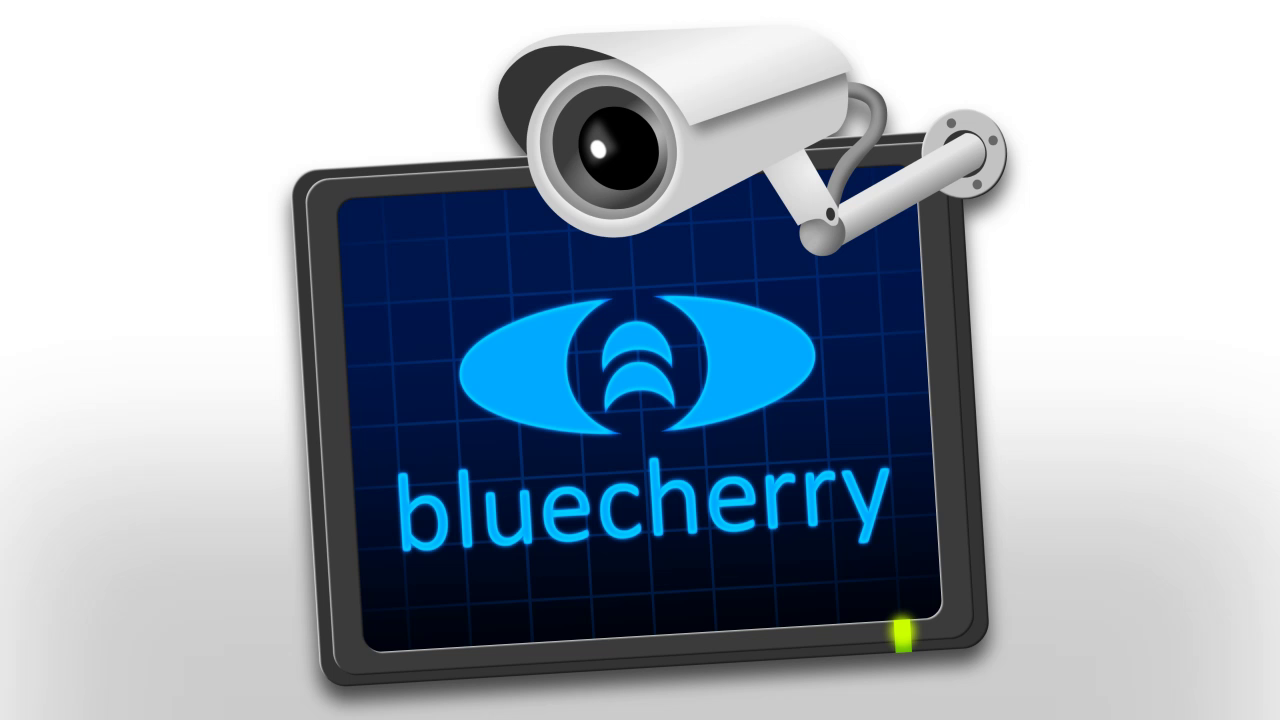CanCuba
Known around here
What keeps pulling me back to consider Blue Iris and Frigate is their support for AI which Bluecherry seems to lack. I like the idea of offloading AI to a GPU or Coral TPU for object detection and facial recognition. I'll post another thread but I've had the cops reviewing my footage 3 times in the last week and half. Electric scooters are stolen quite frequently here and being able to review footage of just scooters would make my life easier. I've just spent 3 hours reviewing the footage from the past three nights only to have the suspect appear in the last 4 hours I was reviewing. Murphy's Law, right?





